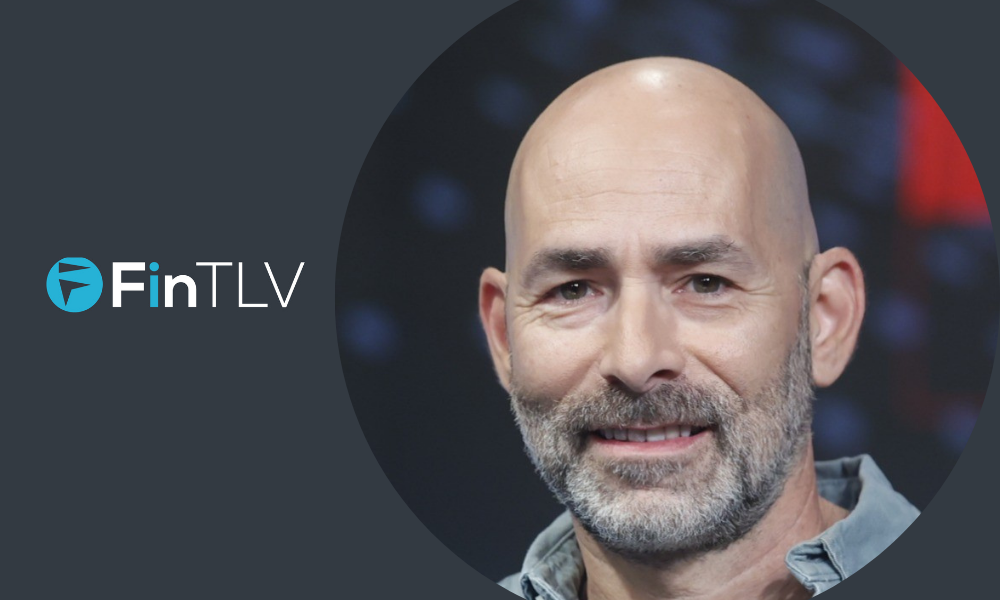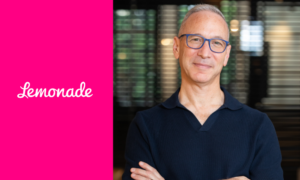From heady megarounds to plummeting valuations, and a world in lockdown, bracing itself against climatic and economic dramas, the insurtech space has had the ultimate resilience test in recent months.
Environmental damage has been compounded by investors who don’t understand the long-haul, slow-burn business models that make up the core of the insurance industry, and a constantly evolving world that is crying out for ever-more inventive technologies.
One person who knows the insurtech investment landscape better than most, is entrepreneur and startup investment champion, Gil Arazi, who launched his own VC especially for the insurance industry back in 2016.
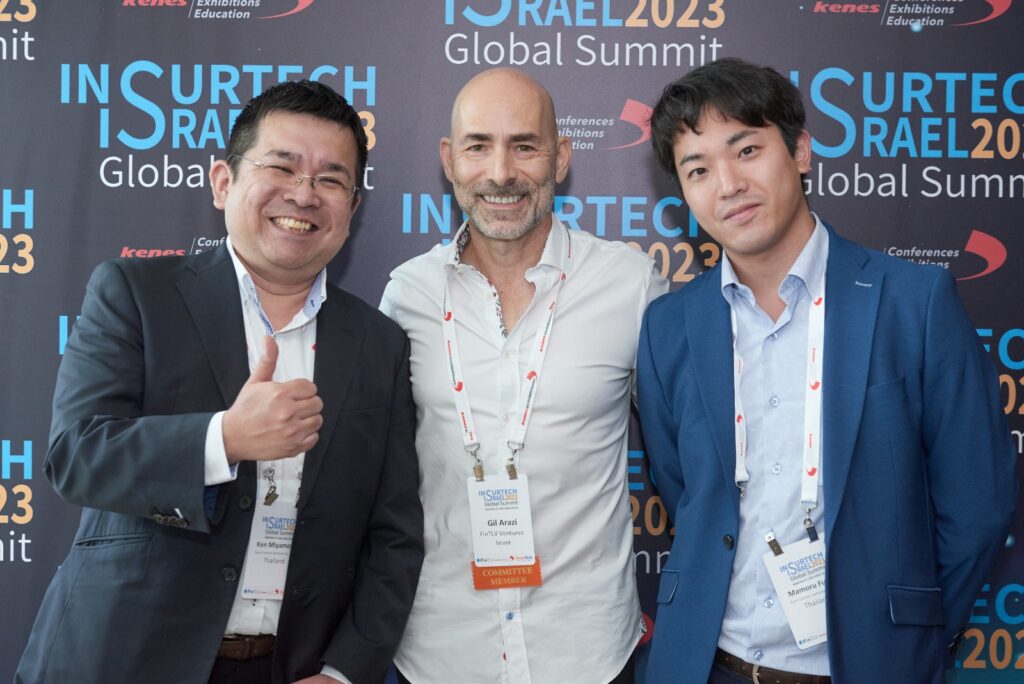
He is one of the leading investor figures in today’s marketplace. FinTLV has backed industry winners such as: wefox, NEXT, Hippo, Akur8, Corvus, Unqork, Assured Allies, and more.
Based in Tel Aviv, Arazi and his team now have an international conflict raging on their doorstep, adding to the current mix of obstacles, but despite the challenges, he believes that the country’s economy is expected to prevail due to its strength and the resilience of its people. We caught up with him to find out more.
Can you introduce yourself and provide a brief overview of your background?
Certainly. I’m based in Tel Aviv, and I’ve spent 58 years in this vibrant city. Throughout my career, I’ve been a CPA and a veteran of the insurance industry, holding C-level positions and serving as a CEO for 21 years in companies spanning Israel and Europe.
I’ve delved into all facets of the insurance business, from property and casualty to health and life insurance, Providence Funds, and even innovation and technology. This extensive experience led me to establish FinTLV, a venture capital firm, eight years ago.
What inspired you to explore the world of venture capital, especially considering the challenges you faced in the initial years?
Coming from the industry, I thought establishing a venture capital firm, FinTLV, would be a seamless transition. However, reality proved otherwise. It took nearly three years to make the first closing of the first fund. During this period, I gained valuable insights into the needs and challenges of the global insurance industry.
We initiated innovation activities and platforms for major insurance incumbents, leading to substantial investments later on into FinTLV. Now, the VC stands as a prominent fund with investments ranging from US$1 million to $100 million, and we have a global reach.
Could you shed some light on your day-to-day responsibilities and the motivation behind your move from the corporate world to entrepreneurship?
My day-to-day job revolves around one key principle – saying “yes.” The corporate structure often imposes numerous “no’s,” hindering entrepreneurial spirit. I decided to step away from this and create my own path.
Being an entrepreneur at heart, I wanted to focus on doing what I believed in without the constraints of corporate limitations. The shift allowed me to engage in interesting projects, establish new companies, and contribute to building innovative business models. It’s a role that demands constant work, but I find joy in every second of it.
How have you managed to maintain a proactive approach in your entrepreneurial journey?
I’ve embraced a philosophy of never putting myself in a conflict of interest. When engaging with others, I aim to be a trusted advisor without any conflicting motives. This approach has positioned us to assist any insurance or reinsurance company without seeking anything in return. I firmly believe that by providing value to the ecosystem, you inevitably receive value back. Thus, my day-to-day focus revolves around doing as much as we can, contributing to the growth of our portfolio companies and the broader ecosystem.
In essence, my journey has been about creating value and enjoying the dynamic and ever-evolving landscape of venture capital and insurance.
Can you share more about what led you to launch FinTLV?
Absolutely. The journey began in 2013-2015 when I was the CEO of Clalbit Systems and the CIO of one of Israel’s largest companies, Clal Insurance. While leading this IT company, we established an innovation platform to collaborate with startups, particularly in the emerging InsureTech sector.
At that time, the industry struggled to understand how to work with startups. Witnessing the success of our collaboration, the idea to scale this on a larger level took root. FinTLV was born from the vision to not only work with startups but also build pilots, invest in promising ventures, and aid in their growth. The decision was also influenced by my desire to step away from the corporate world and embrace a more dynamic and entrepreneurial path.
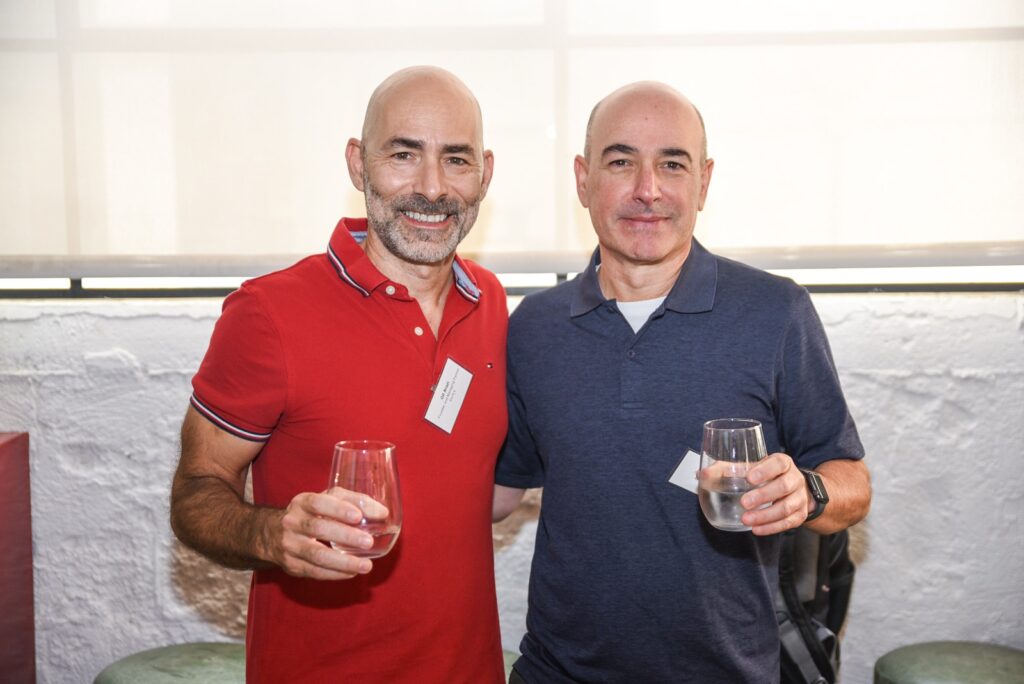
The last few years have been difficult for insurtechs. Can you provide insights into the challenges faced by Insurtech companies?
The years since 2021 have indeed been tough for insurtechs, and marked by a significant decline in valuations. In analysing the situation, we observed a loss of confidence in what is referred to as Insurtech 1.0.
In 2021, companies in this space – especially full stack carriers and risk takers – experienced a 50% drop in valuations, and this trend worsened in 2022 with a 74% decline. By 2023, the decline further deepened by 14%. This stark contrast to the S&P 500’s growth indicates a challenging period for InsureTech.
Several factors contributed to this situation. Firstly, many investors underestimated the complexities of the insurance industry. They believed insurtech would disrupt the sector similarly to other tech plays, not fully grasping the intricacies of insurance business models. Additionally, there was a distinction between capital-light structures (insurtech enablers) and full-stack carriers or MGAs taking risk on the balance sheet. Enablers faced fewer obstacles in relation to market terms, unlike companies assuming risks, making growth harder for the latter.
Furthermore, insurtech companies encountered difficulties due to investor misunderstandings of the insurance business model. The low margins, high capital intensity, and long customer acquisition cost recovery periods created challenges that some investors failed to anticipate. As a result, the industry faced shutdowns, mergers and acquisitions, and a general downturn. Additionally, the rising cost of capital was a further burden and challenge for those companies.
You mentioned a positive outlook for 2024. What factors do you believe will contribute to a shift in sentiment and potentially lead to a more favourable landscape for insurtech?
I do anticipate a shift in sentiment in 2024. Several factors contribute to this optimism.
Firstly, some major insurtech players are expected to become profitable for the first time, positively influencing the industry. Moreover, Insurance incumbents still have massive pain points that need solving and show a continued interest in adopting new technologies. This will propel the industry forward and fuel investments in the sector.
Lastly, the emergence of new business models. Ones that focus on additional services and revenue streams outside traditional risk. This is changing the unit economics of Insurtech companies. This confluence of factors leads me to believe that 2024 and beyond will be a positive turning point for the industry.
With the upcoming insurance industry cycles, forecasting higher net revenues in the next two to three years, we expect the insurtech industry to achieve some major victories by 2024.
That’s encouraging news. How do you see the industry evolving, especially with the ongoing need for new technologies and changing business models?
The industry is evolving in response to the growing need for new technologies and changing business models. Many insurance companies and insurtech entities are exploring revenue streams beyond traditional risk, such as extended warranties and additional services provided to its customers.
This shift in focus is expected to bring positive changes to the unit economics of these companies. As technology continues to play a crucial role, and with the lessons learned from the recent challenges, I foresee a more resilient and innovative InsureTech landscape in the coming years.
Can you elaborate on how your team works together to tackle issues, particularly during your weekly meetings?
Absolutely. Our team dynamics are crucial in navigating challenges effectively. In our weekly team meetings, our primary focus is understanding the challenges faced by our portfolio companies. It’s essential to recognise that not every aspect of our portfolio is smooth sailing.
Leveraging our ecosystem play, we actively seek suitable partners for each portfolio company. This involves facilitating growth, securing additional capital, and instilling confidence in the market. As a team, we strive to chart a course for each portfolio company, ensuring a significant impact on their journey.
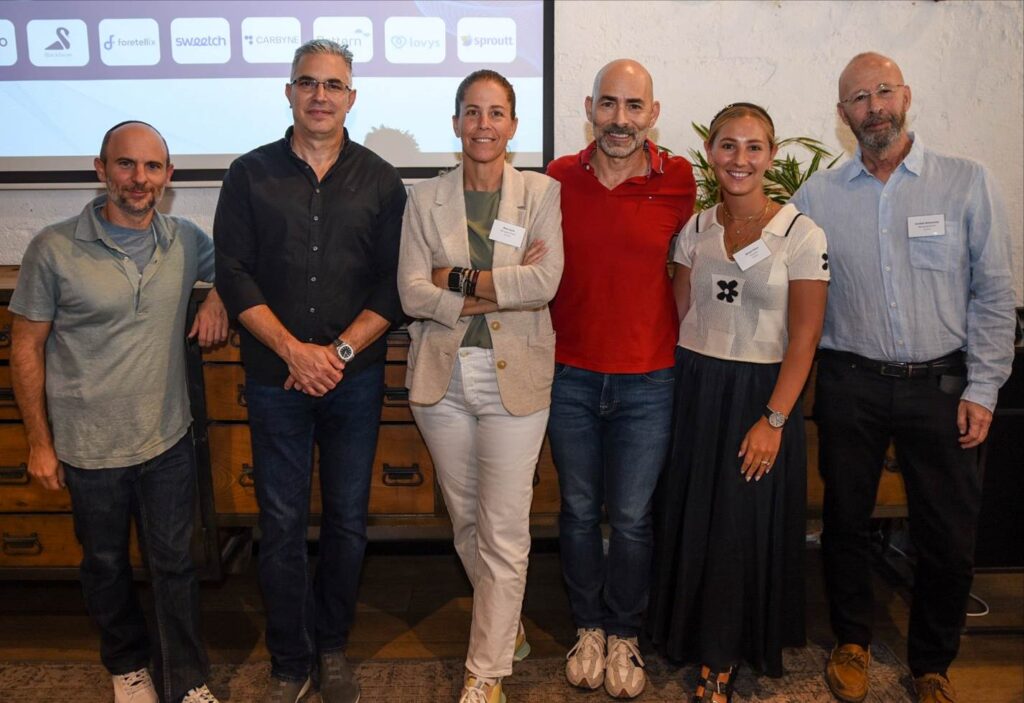
How do you collaborate with limited partners and investors to explore new business models and address industry pain points?
Collaborating with limited partners (LPs) and investors from the insurance industry is a key part of our strategy. We conduct regular meetings with LPs to discuss their challenges and pain points, sometimes even on a weekly basis. This ongoing dialogue helps us identify areas where we can work together to address challenges and, simultaneously, build new business models.
An example of this collaborative approach is our ability to integrate technologies from outside the insurance industry into an innovative insurance program. For instance, if we have technology related to construction that effectively reduces risk, we can create a tailored insurance programme for the industry. This kind of approach, often termed “MGA in a box,” allows us to rapidly build programmes based on cutting-edge technologies.
We constantly explore and develop new methodologies to infuse innovation into the industry. For instance, I’m currently contemplating establishing a hub focused on prevention.
Recognising the fact that insurance companies have a significant impact on people’s lives, we aim to bring together technologies that contribute to prevention efforts. This involves exploring anti-aging technologies and other innovations that can enhance health and well-being, ultimately creating programmes that benefit both insurers and customers.
Can you tell us about your recent focus on creating programmes that have a positive impact on both the industry and individuals?
In the past year, impact has become a central theme for us. We’re actively engaged in developing programmes that not only drive innovation but also contribute to positive change. For instance, in health insurance, where ageing is a significant concern, we’re exploring anti-aging technologies.
These technologies have the potential to reduce biological age, lower the risk of long-term care, and detect diseases earlier. By integrating these innovations, we aim to create programs that benefit the industry by improving revenue and reducing loss ratios, while simultaneously enhancing the well-being of customers.
Our goal is to align our initiatives with broader industry trends, such as the shift towards prevention rather than just responding to catastrophes. This approach ensures that our impact extends beyond financial metrics to positively influence the lives of individuals and communities.
You’ve spoken about launching a Prevention Hub. Could you elaborate on how this initiative would be funded or supported? Is there a plan to open a new fund specifically for this purpose?
The Prevention Hub is not intended to be a separate fund. Instead, our approach is rooted in creating value for the ecosystem. While we already have a fund with significant capital for investments, the goal is to utilise this capital strategically. We plan to invest in the best companies that emerge from collaborations within the prevention studio – a space where we work closely with insurance incumbents.
The emphasis is on building profitable ventures that simultaneously drive impactful changes in the realm of prevention. By partnering with reinsurance companies, global insurance carriers, and leading brokers, we aim to embark on new initiatives in the prevention space across various domains, including property and casualty, life, and health insurance.
In the current landscape of insurtech investments, which types of startups are garnering the most funding? Are prevention-focused Insurtechs or service providers enjoying more favour?
Absolutely, the investment landscape in Insurtech has undergone a notable shift. The era of capital-intensive companies has receded, especially with the challenges that emerged in the last three years. 2021, 2022, and 2023.
The prevailing high-interest rates environment further compounds these challenges. The appetite for investments has tilted toward service providers, particularly those leveraging Software-as-a-Service (SaaS) technology platforms. Companies that secure annual recurrent revenues without shouldering significant risks on their balance sheets are gaining prominence.
The changing frequency of catastrophic events, occurring more frequently than the traditional once-in-a-century cycle, has made risk more expensive. Additionally, the hardening market and the increased cost of capital have added complexity for capital-intensive companies. As a result, the focus has shifted to less capital-intensive entities, such as SaaS providers, technology enablers, and those capable of high growth with favourable multiples and margins.
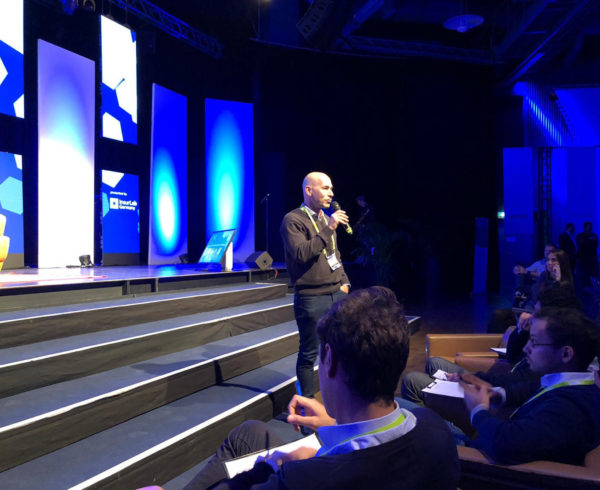
Can you share what’s on the horizon for FinTLV this year? Aside from the prevention hub, are there other areas of focus or new initiatives in the pipeline?
This year, FinTLV is directing its efforts toward several key areas. Firstly, there’s a keen focus on the prevention hub, which aims to foster collaborations with insurance incumbents, building profitable ventures that drive impactful changes in the prevention space.
Secondly, we are committed to building new companies. The goal is to establish one or two new ventures in collaboration with our global limited partners. These endeavours will leverage technologies not confined to the insurance industry, providing better underwriting results and enhanced risk analysis. The overarching aim is to redefine business models within the industry.
Lastly, our global perspective remains crucial. While we have a strong presence in the U.S., we are expanding our focus to Asia. The unique and complex insurance market in Asia presents tremendous opportunities.
We see significant potential, especially in the evolving landscape of embedded insurance, which originally gained momentum in China with platforms like ZhongAn, Alipay, and WeChat. Therefore, our focus on Asia will be a key aspect of our strategy in the coming years.
Join FinTLV in London at Insurtech Insights Europe 2023
Gil Arazi will be taking to the stage to share his expertise and insights, at Insurtech Insights Europe, 2024, at the Intercontinental London – The 02, on March 20-21st.
Interview by Joanna England
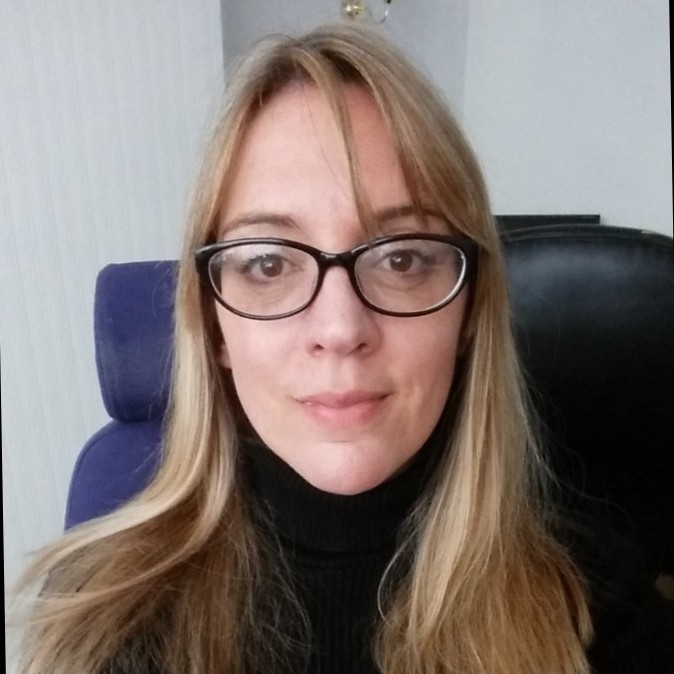
Joanna England is an award-winning journalist and the Editor-in-Chief for Insurtech Insights. She has worked for 25 years in both the consumer and business space, and also spent 15 years in the Middle East, on national newspapers as well as leading events and lifestyle publications. Prior to Insurtech Insights, Joanna was the Editor-in-Chief for Fintech Magazine and Insurtech Digital. She was also listed by MPVR as one of the Top 30 journalist in Fintech and Insurtech in 2023.

